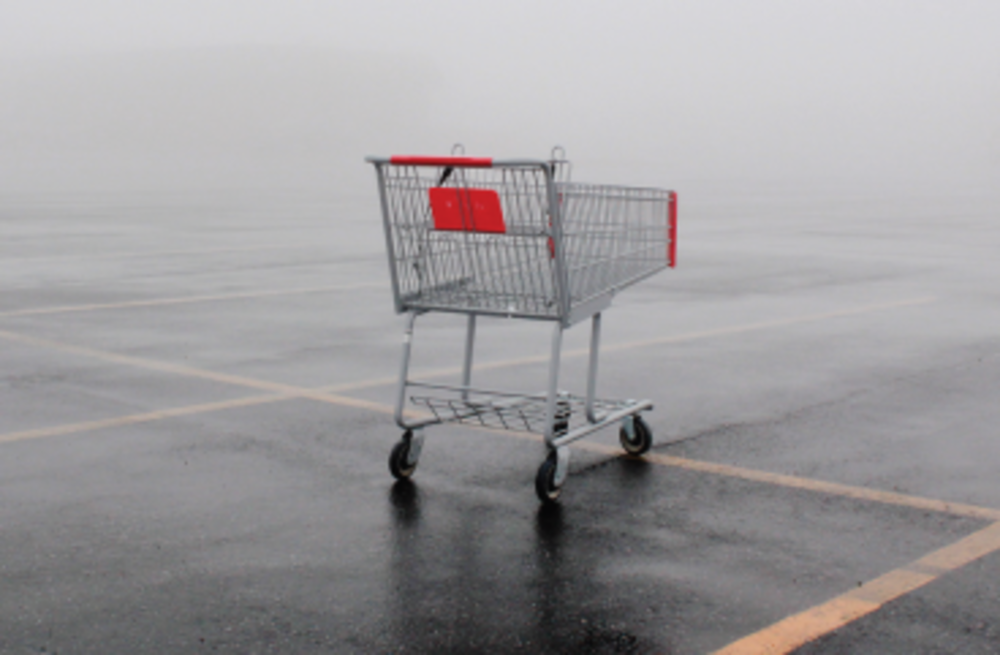Fact: Most customers abandon their online shopping carts. Though the exact percentage varies depending on whom you ask, it’s always high. SaleCycle and Listrak research shows a 75% cart abandon rate on average; comScore has it at 67%; and Rejoiner tallies it at 80%.
So, what does a brand need do to get consumers buying? First, start by realizing that these cart abandonments generally occur because customers aren’t yet ready to buy or the price isn’t right. Charles Nicholls, founder and chief strategy officer of Internet remarketing firm SeeWhy (whose research has average abandonment rate at 72%), says a tiered email campaign often can coax shopping cart ditchers to return with their credit cards.
“You want to set up a campaign where you’re tackling [unwillingness to buy and pricing objections],” he says. Businesses need to send a sequence of strategically staggered emails and considered promotions, Nicholls advises. He calls this the “remind, reassure, and promote” sequence. The “remind” email, which averages a 46% open rate, is sent immediately after abandonment and asks if the customer had a problem with checkout and offers assistance. The “reassure” email, sent 24 hours after abandonment, contains reviews or product recommendations to lure back abandoners (Nicholls says those who return to the website via that email are 2.6 times more likely to make a purchase than those who don’t click through). And the “promote” email is sent one week after abandonment; because they often offer discounts, these typically have high open rates.
Making it work
Without immediate action, an abandoned shopping cart can be a missed opportunity— consider that 90% of online leads go cold within the first hour of abandonment, according to a study by the Massachusetts Institute of Technology via SeeWhy. Textbook seller eCampus.com, a SeeWhy customer, needs to move especially fast when it detects a shopping cart abandonment. ECampus.com’s business occurs in two tight and competitive windows: July to September (40 to 50% of its annual revenue is earned in August), and from December to January at the beginning of the second academic semester.
Nikki Leonard, the company’s interactive marketing manager, says that most abandoned carts occur at the beginning of the rush periods because students are comparing prices. It’s at this point that eCampus.com is most in danger of losing customers, and where speed is a necessity. Thirty minutes after a cart abandonment, eCampus.com sends its “reassure” email and 24 hours after abandonment, the company sends an offer for free shipping for orders of at least $59. And within three days, eCampus.com sends a promotional email offering $3 off a $50 order.
Nicholls warns that sending promotional emails might condition customers into expecting a discount; it’s best to start without a promotion and to offer discounts only to the most price-sensitive shoppers.
Sometimes the cart abandonment problem is as basic as a poorly designed checkout process. Mass merchant jewelry.com is one company that made changes to its website layout to win back abandoners. After conducting A/B testing last year, jewelry.com discovered that its two-step checkout process scared off potential buyers. Kristian Chronister, president and CMO of jewelry.com, says the company broke down its purchase process into four smaller, “less onerous” steps.
Chronister notes that this change also impacted the e-tailer’s retargeting emails. For example, if jewelry.com knows that a shopper abandoned his cart on the shipping page, the retailer can send that shopper an offer for free shipping.








